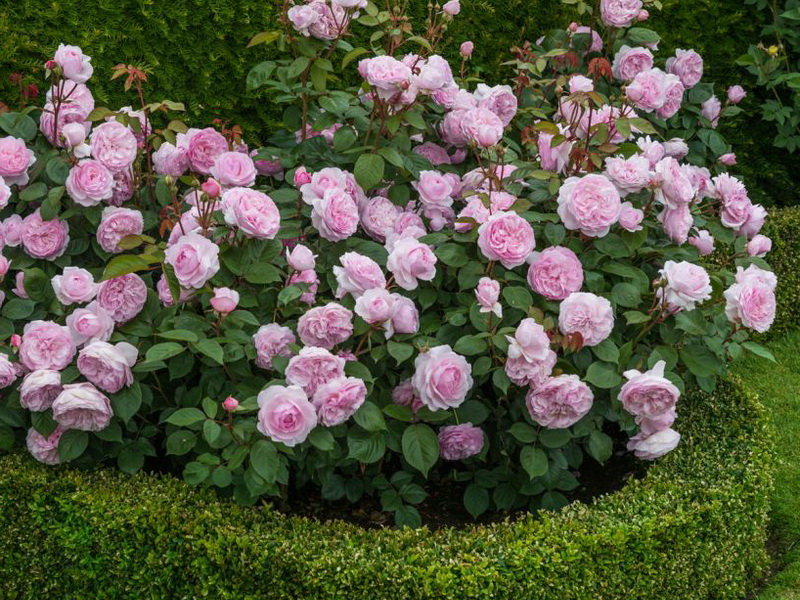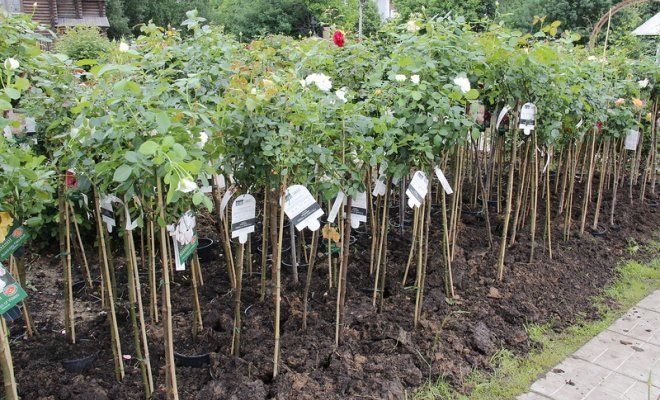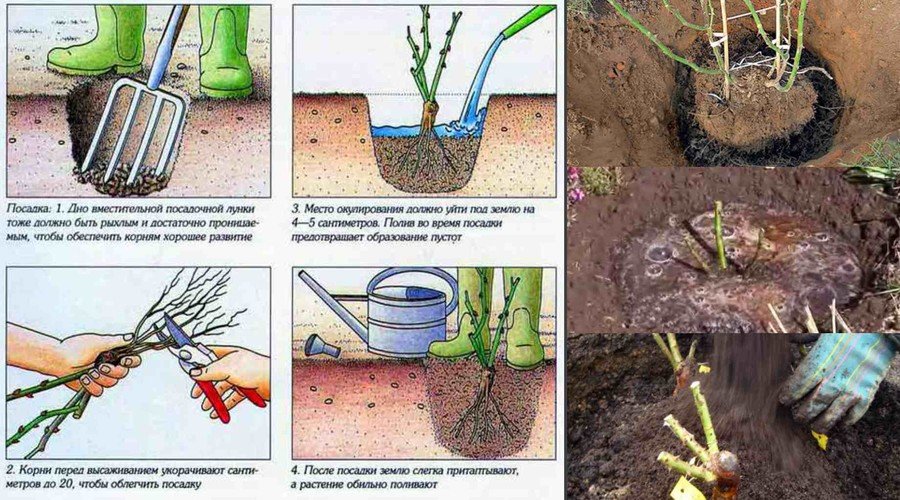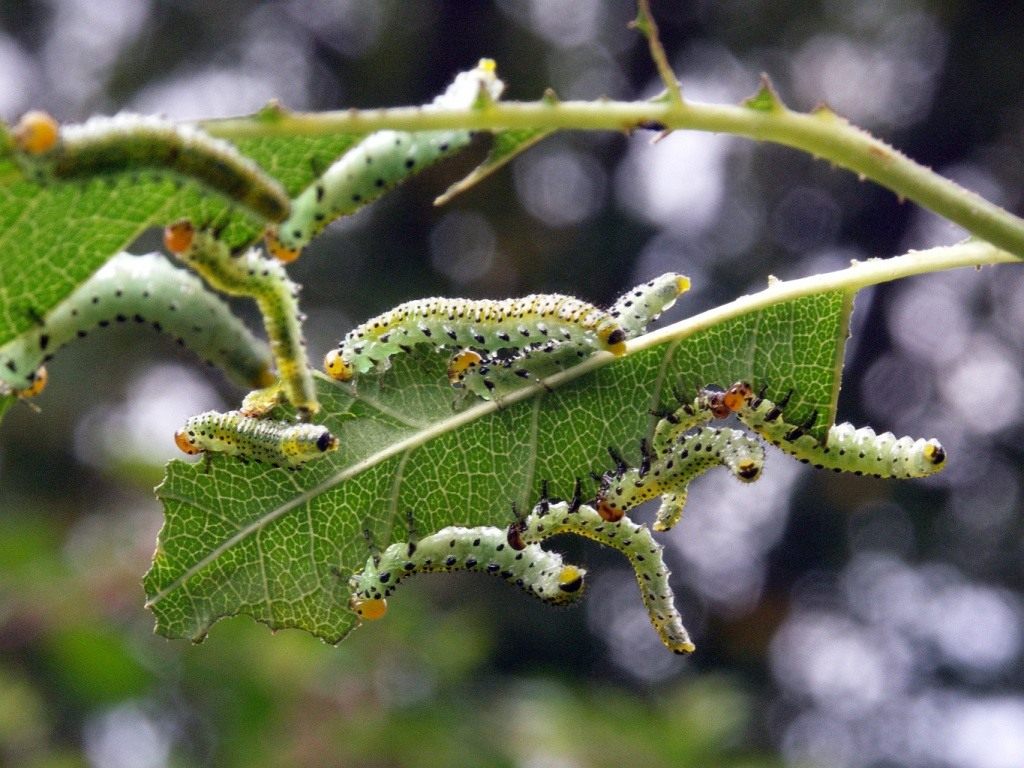Content:
Rose is one of the most beautiful flowers on earth, it is not without reason that it is called the queen of the garden. Decorating your property with a beautiful rose bush is the dream of any gardener and summer resident. The plant requires increased attention and care from the owner, its cultivation requires certain agronomic knowledge and skills.
The purchase of a rose, planting and care in the open field for beginners is a difficult, sometimes confusing business. But everyone can master it if they show a little patience and diligence. This article will help you learn about choosing a place for a rose, how to plant and care, cover for the winter, feed and protect from pests.
To modern varieties of roses, breeders have managed to impart qualities that make it possible to grow this flower even in Siberia and the Urals, in the conditions of a short summer and a harsh winter, with a little shelter in the winter.
The main types of garden roses
Depending on the signs of roses, there are:
- climbing - used to entwine arches and organize a living horizontal hedge, shoots reach a length of six meters;
- ground cover - up to half a meter high, creeping and erect;
- miniature - up to 35 centimeters in height, used mainly for growing in containers and pots;
- park - similar in structure to a bush with a rosehip, take up a lot of space;
- shrub - grown on a trellis or support;
- tea-hybrid - up to a meter high, with huge fragrant flowers, the best for cutting;
- cascading - with a high inoculation at a height of more than a meter;
- standard - with low vaccination.
For beginners, hybrid tea types of roses are most suitable - they are easier to grow and do not require the creation of intricate supports and garters.
Selection of seedlings
The purchase of a rose, care and planting in open ground begins with the preparation of the planting pit and the selection of a seedling.
At the first stage, the pit is prepared in advance, in advance. Experienced gardeners prepare it six months before planting - from spring to autumn and from autumn to spring. The landing site should be sunny in the morning and in light partial shade in the afternoon, the land is loose and fertile, with good water permeability. If the soil in the garden is heavy with a lot of clay, then several buckets of sand mixed with peat or old humus must be added to the planting hole.
When choosing a seedling, you need to pay attention to the color and bark of the shoots. Cutting stems should be green and healthy, without breaks and cracks, firm, uniform color without spots.
In the spring - the buds are well developed, slightly bent, in the fall - the leaves on the handle should be green and shiny. Earthen ball - slightly moist.
In hot climates, on the contrary, it is better to plant rose bushes in the fall, otherwise they will not have time to grow stronger by the hottest months of summer.
How to plant roses correctly
Having carefully examined the seedling, removing, if necessary, dried shoots or damaged roots (this applies to seedlings with an open root system), you can start planting:
- In the planting pit, a recess is made, slightly larger in diameter than the earthen lump of the seedling.
- The bottom of the hole must be loosened; when loosening, it is necessary to add a handful of wood ash.
- The planting depth is determined visually - the grafting site should be buried 4-5 centimeters into the soil.
- The seedling is set in the hole, the roots are straightened and the earth is evenly covered on the sides, carefully tamping it.
- An irrigation hole with a rim is formed around the seedling, containing about a bucket of water.
- Watering is in progress.
As needed, watering continues for a month, moderately and gently - preventing the soil from drying out and at the same time avoiding excessive moisture.
Leaving after landing in the ground
It takes a lot of work for a novice gardener to grow a rose, but the result of such difficult work brings incomparable joy. Fragrant flowers in the garden invariably delight the inhabitants of the house and guests. The decorative appearance of the plant is sure to attract everyone's attention.
You should start discovering the world of roses with simple varieties, frost-resistant and low, which do not require special knowledge in pruning and shelter for the winter.
Pruning and shaping the bush is done to replace old shoots with new and young ones.
There are several types of rose pruning:
- Trimming root shoots, removing shoots - everything that grows in grafted roses near the bush is removed head-on.
- Weakened shoots are cut to half the length, powerful ones - very little, or do not touch at all.
- Pruning for replacement is carried out above the bud, from which a new shoot will subsequently develop.
- In climbing roses, pruning is carried out only on the side shoots, they are shortened, leaving from three to five buds.
- Miniature roses, hybrid teas and Floribunda bloom on young stems, so they should be pruned in the fall.
- Shrub roses bloom on last year's shoots, which means that pruning should be done immediately after flowering, so that by the end of summer new shoots will form, which will delight the gardener with lush flowering next year.
Protection from pests and diseases
Diseases and pests affect plants primarily under adverse weather conditions and improper agricultural practices, every beginner should remember this. In high humidity conditions, diseases begin to develop.
To prevent diseases, you must not forget to perform the following actions with bush rose plantings:
- Remove weeds in time, otherwise in rainy weather they will interfere with the ventilation of the bush.
- Do not thicken the planting, plant the bushes freely, leaving enough free space between them.
- Perform root loosening after each watering, the dried topsoil can prevent the appearance of excessive moisture.
- Feed with fertilizers and microelements in time - a healthy and well-developed plant is less likely to get sick.
When pests appear and attack, you should not experiment with various home remedies that are good for scaring away and for preventive measures. You just need to go and buy an agent that works against specific pests, treat the plants and thereby protect them from death.
Growing a beautiful and healthy plant requires a lot of work and care from the gardener, but the beauty of a flower grown with his own hands will reward a caring owner a hundredfold.


















